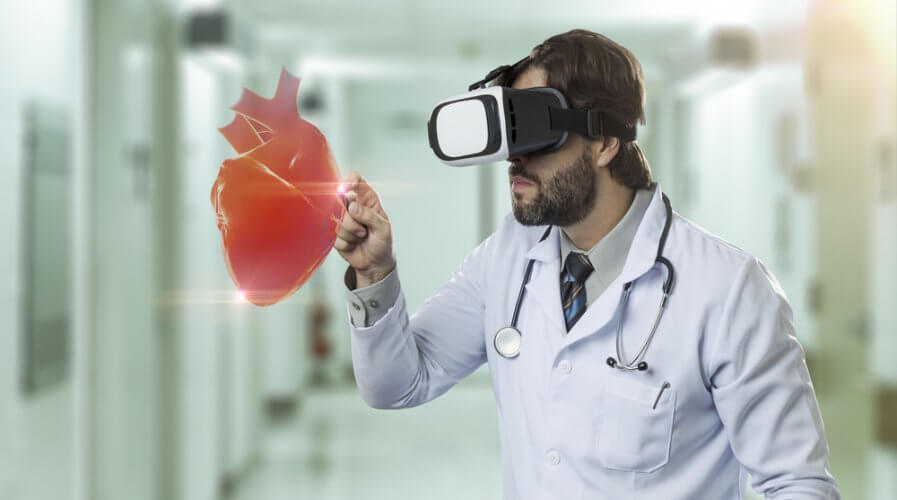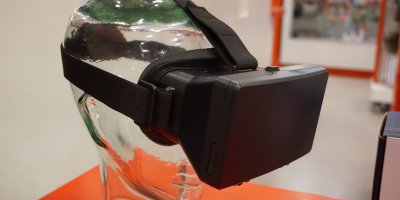
There’s a lot that VR can do for medical students and practitioners. Source: Shutterstock
How VR technology helps medical students and practitioners
VIRTUAL REALITY (VR) is an exciting technology, and over the past few years, has become something that companies and end-users have been exploring in great detail.
Once considered a technology purely for gamers, it’s now making inroads into industries such as manufacturing and architecture. However, there’s great scope for using the technology in the field of medicine as well — specifically to train medical students and practitioners on several critical skills.
According to recent figures from IDC, VR headsets will grow from 8.1 million in 2018 to 39.2 million by the end of 2022, representing a five-year CAGR of 48.1 percent.
IDC’s analysts feel that many people think of VR as a consumer technology, however, it is their opinion that the commercial market is equally important and will grow from 24 percent of VR headset shipments in 2018 to 44.6 percent by 2022.
The fact is, not only are VR headsets getting cheaper and more comfortable, there are several vendors creating exciting tools, solutions, and applications that leverage VR technology in new and exciting ways.
Take the medical training market for students. Those who see the opportunity have made big strides into the market already, and have made significant investments into niche software and applications that help students learn by doing and seeing.
The fact is, VR is an exciting technology. It brings things to life. Imagine from the perspective of a medical student: A heart coming out of your textbook, something that you can see in full color, full 3D, and ‘experience’ in almost life-like reality.
Won’t that excite you, encourage you to learn, and help you really understand the difference between complicated things such as malignant and non-malignant tumors for example? It will. And it does, for several medical students.
“The Virtual Reality Model will incorporate a number of features to educate participants in a highly beneficial and productive way far beyond today’s methodology of passively watching video and taking written tests,” said one creator of medical VR training.
Another creator, who understands the value that VR can bring to medicine, is using the technology to teach empathy to students — helping them “feel” what it is like to be 74 years old. The video below explains the project in vivid detail.
The fact is VR technology creates really great opportunities — not only for medical students but also for practitioners who want to refresh their skills, learn new skills, or want to train more students using more life-like scenarios.
According to Grand View Research, AR & VR in the healthcare market is expected to reach US$5.1 billion by 2025. That’s a vote of confidence for those hoping for more readily available VR solutions.
READ MORE
- Ethical AI: The renewed importance of safeguarding data and customer privacy in Generative AI applications
- How Japan balances AI-driven opportunities with cybersecurity needs
- Deploying SASE: Benchmarking your approach
- Insurance everywhere all at once: the digital transformation of the APAC insurance industry
- Google parent Alphabet eyes HubSpot: A potential acquisition shaping the future of CRM




